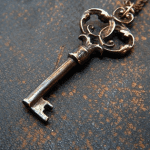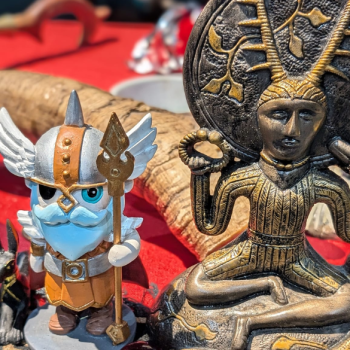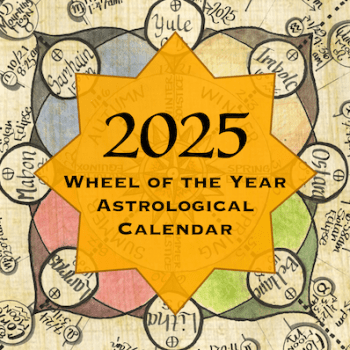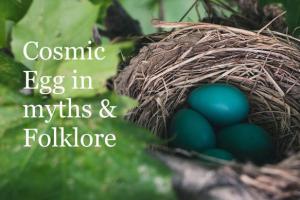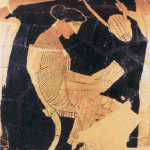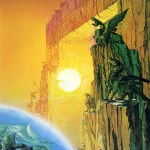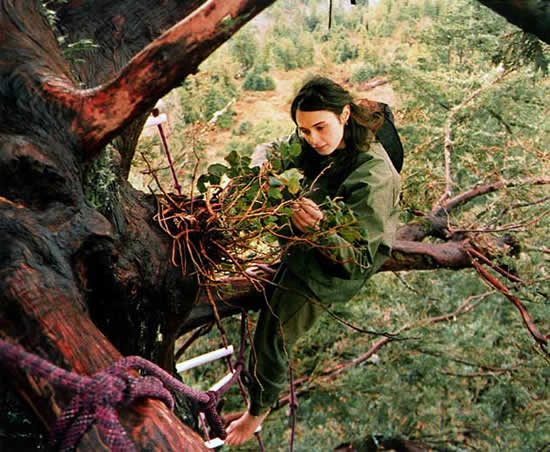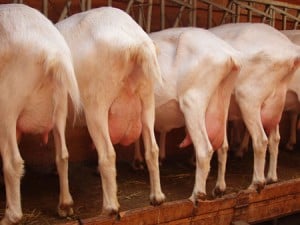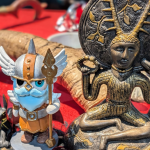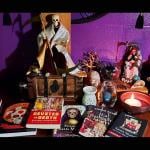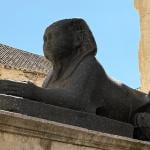Teo Bishop recently wrote about adding context to Pagan rituals:
“I wish that just once I could go to a CUUPS ritual, or an ADF Druid ritual, and someone would get up and speak. I wish they’d provide me with context. I wish they’d say — this is how all of this fits into my life, and this is something for you to reflect on as you stand in this circle, or sit before this altar. I can’t tell you how many times I’ve looked at the leader of a ritual and wished that they would just start giving a sermon.”
(emphasis added).
I thought about this and realized that I needed to provide more context for my family rituals. I need to explain to my kids, not just what the symbolism means, but what it means to me. I need to explain how our family rituals are a part of my personal history and our family history.
So, in that spirit, let me share the context of our family Mid-Winter (Brigid) celebration:
My oldest child, my son, just had his birthday. He turned fourteen. While we were celebrating last week, my wife started telling him about the day he was born and what she remembered. I told him what I remembered as well:
I remember my wife walking up and down the stairs in our apartment to accelerate the labor. I remember calling my family at late hours of the night to announce what stage of delivery she was in. I remember watching the Caesarean section procedure in a state of shock, while my wife (still conscious, but unable to see) prodded me to describe the procedure to her — one the of the few times in my life I have been truly at a loss for words. I remember holding my son for the first time, afraid I would break him. And I remember thinking he looked like a diminutive, wizened old man with legs that were longer than the rest of him … and that somehow he was the most beautiful thing I had ever seen.
But most of all I remember the snow. Whenever I think about the day (actually, the night) my son was born, my mind turns immediately to one specific moment in time. It was after everything was over. I had left the hospital and walked home, which which was only couple of blocks away, to get a couple of hours of sleep while my wife and son slept. It was snowing when I walked out of the hospital. It was late January, and it was the first snow of the new year. Everything was covered in a thin sheet of white, and the world looked new under the street lamps. And for me, it was a new world. I remember looking up at the snow falling into the circle of light created by the street lamp outside our apartment, breathing in the crisp mountain air, and the words of Rachel Carson (whose essay “The Sense of Wonder”, I had just been reading) came to me in that moment:
“A child’s world is fresh and new and beautiful, full or wonder and excitement. It is our misfortune that for most of us that clear-eyed vision, that true instinct for what is beautiful and awe-inspiring, is dimmed and even lost before we reach adulthood. If I had influence with the good fairy who is supposed to preside over the christening of all children I should ask that her gift to each child in the world be a sense of wonder so indestructible that it would last throughout life, as an unfailing antidote against the boredom and disenchantments of later years, the sterile preoccupation with things artificial, the alienation from the sources of our strength.”
That was how the world seemed to me that night: “fresh and new and beautiful, full or wonder and excitement”. And that was my wish and my blessing for my son: “an indestructible sense of wonder”. The same sense of wonder that I felt at the miracle of the birth of my first child. The same sense of wonder I felt as a child myself looking out the window to discover the first snow of the year. The same sense of wonder I feel now for the incredible fact that I am, that we are, and that the world is. And, as it so happens, if you knew my son, you would know how apt a blessing that was, because he is full of wonder at the world, even at age 14.
Mid-Winter, for me, is all about the snow. The first snow of the year has always been magical for me. The way it re-creates the world when it is newly fallen. But by late January, I am tired of the cold. If Yule is about the hope of returning light, Mid-Winter is about the hope of returning warmth. For me, it is a time for new beginnings, the birth of new possibilities, new transformations. It is a time for celebrating the miracle of life, waiting to be born from the seeds in the darkness, as the snow slowly begins to melt. It is a time for gratitude. Gratitude that the cold winter is half over, and that warmth and green life will return. And gratitude for the miracle of life, a miracle that happened to me one January night.
So this year, I am still going to tell my kids the story of Cerridwen’s Cauldron of Inspiration, which is about a mother’s wish for her child and how it transformed in unexpected ways. But I am also going to tell them about one cold winter night, when my life was transformed, and our family was transformed, in unexpected ways. The night it snowed.


